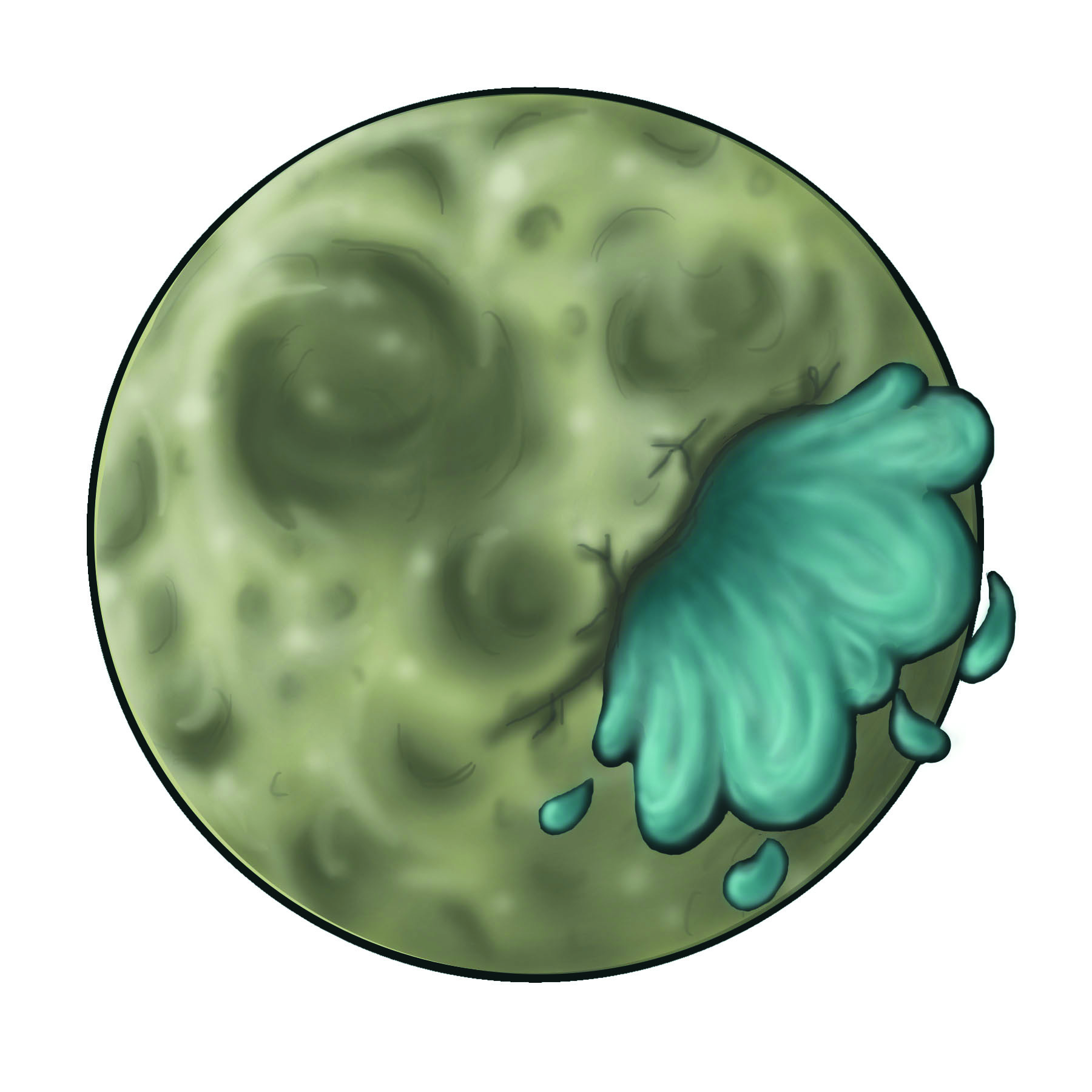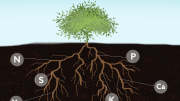According to James Lovell, the command module pilot for the Apollo 8 mission, “the moon is essentially grey, no colour; [it] looks like a plaster of Paris.” On the same mission, lunar module pilot Bill Anders said it was “like dirty beach sand, [ . . . ] with lots of footprints in it.”
There is a problem in describing the moon as a dirty beach: there is no water. This has been seen as one of its defining characteristics: it is a dry, barren mass. However, this dehydrated description may be less accurate than previously imagined.
Findings published in Nature Geoscience on Aug. 25 confirm that there is much to learn about the composition of Earth’s only natural satellite. The research team, funded by NASA, has detected magmatic water on the moon’s surface that originates from the interior of the planet. This contradicts the notion that the moon and its contents are bone-dry.
The spacecraft used in this study was Chandrayaan-1, “India’s first scientific mission to the moon.” On board the spacecraft is the Moon Mineralogy Mapper (M3), an imaging spectrometer that enables scientists to examine the moon’s mineralogical composition at extremely high resolutions. With the M3, Chandrayaan-1 was able to examine the chemical composition of the area within the impact crater known as Bullialdus in previously unseen detail. The spectrometer was able to find large quantities of hydroxyl particles, molecules consisting of one oxygen atom and one hydrogen atom. This provided evidence that the crater contains water that originated within the lunar surface.
Although this is not the first evidence of water on the moon, it is the most concrete. Past samples from as early as the NASA Apollo programs contained lunar water molecules. However, they were attributed to contamination by Earth or interactions with solar wind – a phenomenon that has been known to produce trace amounts of water on the moon’s surface.
However, because the hydroxyl particles absorbed by the M3 were found in the Bullialdus Crater, which is in a region with an unfavourable environment for solar wind, the scientists deduced that the particles were not from outside sources such as the solar wind. These particles were consistent with other hydroxyl particles bound to magmatic minerals located deep within the crater.
The water that the hydroxyl is derived from is called magmatic water, also known as juvenile water. It is found deep within the interior of a celestial body and is brought to the surface and its atmosphere through volcanic eruptions.
These findings have shed new light on the internal composition of the moon, the volcanic processes that may take place beneath the surface, and the formation of the moon itself.
While the detection has expanded our knowledge of the moon’s internal composition, it also provides hope that we may be able to inhabit Earth’s only natural satellite. Water and oxygen can be obtained from hydroxyl particles, which would save astronauts from having to move large quantities of water from Earth to the moon.
With all this being said, we must take into account that the presence of hydrogen and oxygen locked up in hydroxyl molecules does not mean there is a lot of water just waiting to be harvested. According to Carle Pieters, the lead scientist for M3, an area of the moon’s surface the size of a baseball field might only have one glass’ worth of water in it.
It may still be some time before you can crack out the swimsuit for this beach party.




